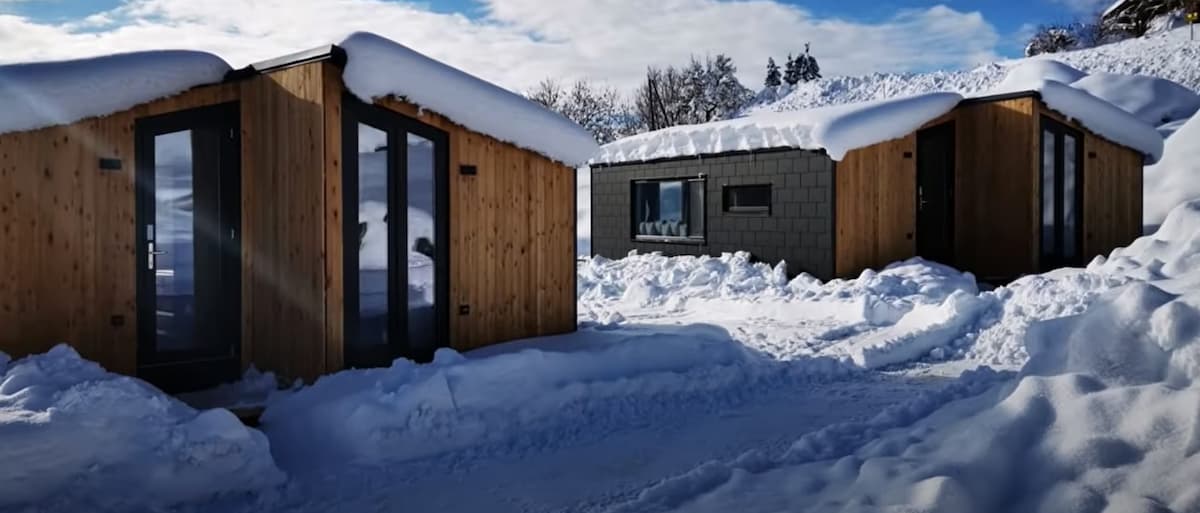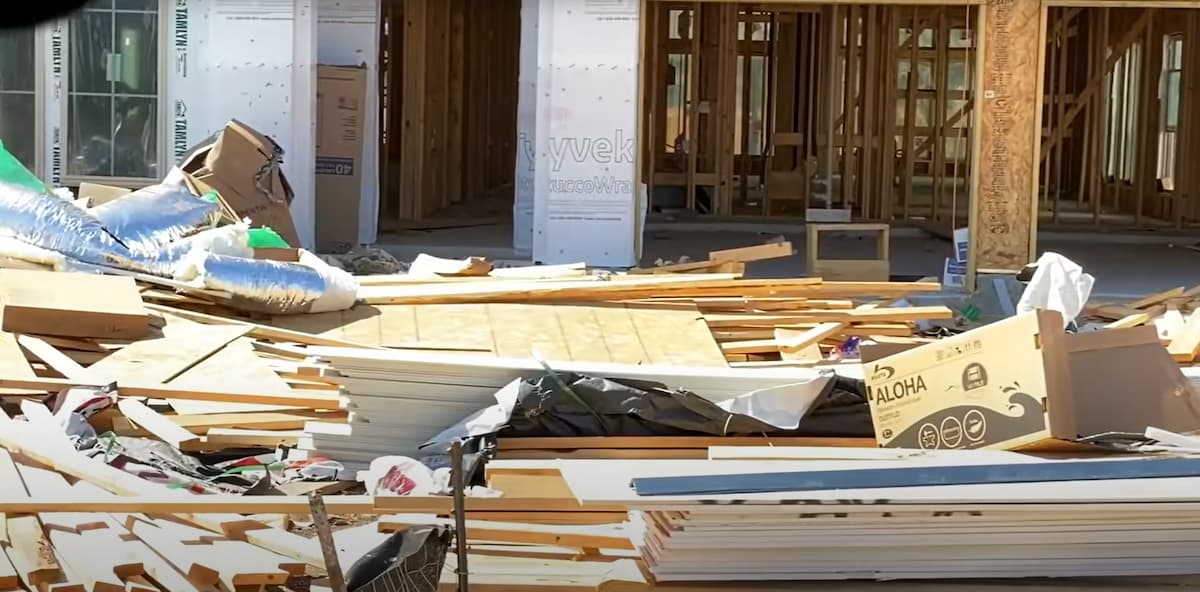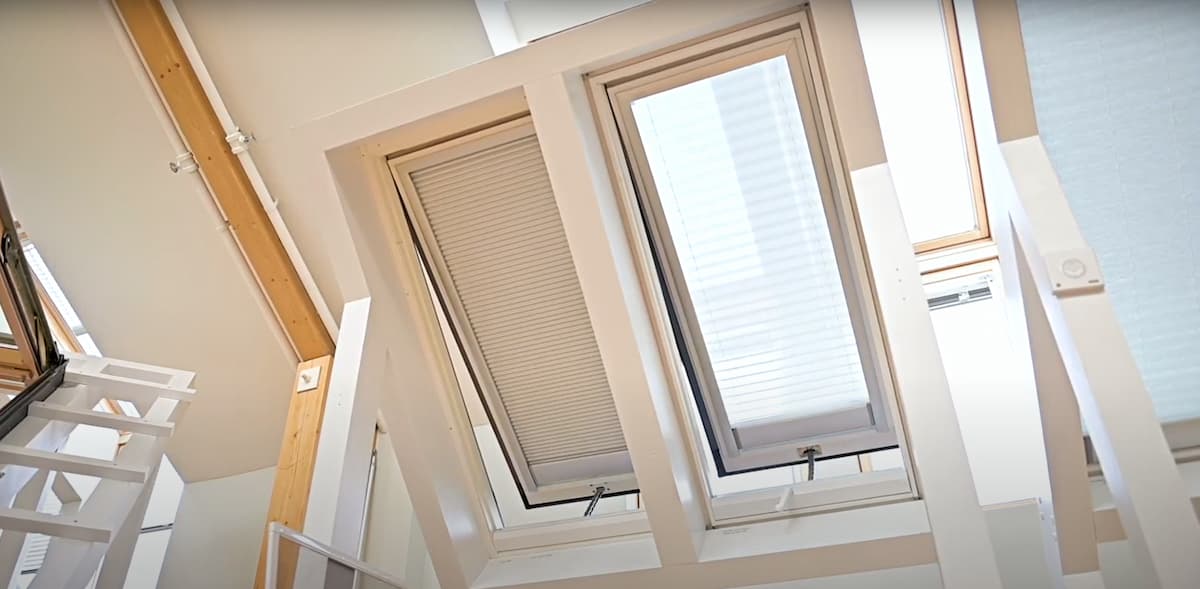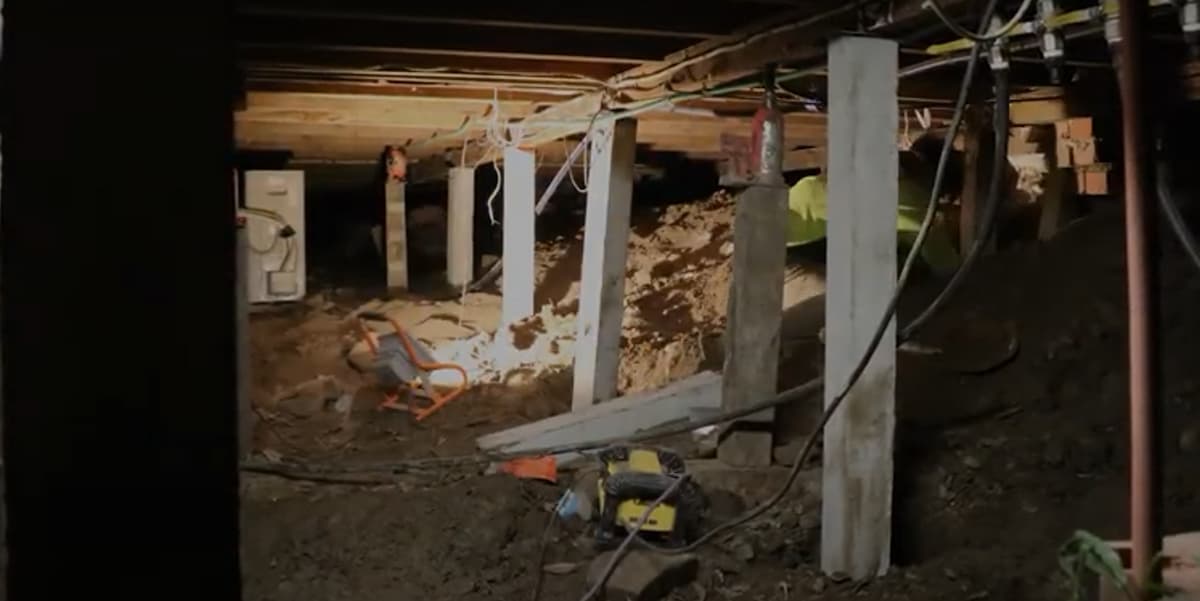
So, your house needs restumping?
Restumping is the process of pulling down your old house stumps and rebuilding using new materials. You can restump a house with the same size timber (picket fence method), which may be cheaper but you’ll end up with gaps between pickets, or you can go tighter (no gaps), but obviously, that’s more expensive.
You don’t need planning permission for restumping because you’re keeping the original footprint of the house exactly as it was before, therefore the structure of the house hasn’t changed. The materials used for restumping are not too dissimilar from the originals, i.e. it’s wood, so it’s a building material, and that’s fine. However, don’t be fooled by cheaper quotes because a lot of companies may use a cheaper way to restump your home without getting in touch with you first.
Most people have no idea what is involved when replacing their foundations or stumps and usually leave the decision making process up to builders who think they know best simply because they’re “building professionals”.
Types of House Stumps
There are a few different types of stumps commonly used in Australia.
Blocks Stumps
90% of the time, you’ll only find blocks under your home. These may be made from either natural rock or concrete and can be difficult to remove if they’re sunk deep into the ground. Concrete stumps are the most popular stumps used in Australia and you’ll find them under nearly every property. However, just because they’re used for 90% of homes in Australia, it doesn’t mean you’ll get a better quote from your builder because he prefers to use them. In fact, you might even get a bigger price difference if he charges you more to use concrete stumps just because that’s what he normally uses.
Timber Stumps
About 10-20 years ago, wooden stumps were used but fell out of favour because they had a shorter lifespan than blocks and got damaged easily by tree roots. They weren’t as strong as blocks so not such a popular choice with builders/developers who needed something cost-effective for large developments of properties.
Plastic Sheet Piles Stumps
You’ll find these under homes built on landfill sites. For a few years now, they’ve been used to support the weight of a home above ground.
If you want to save some money on your restumping, you shouldn’t let the builder choose the stump that he normally uses because it may almost always be cheap concrete. If you want the job done cheaper, ask him to give you a quote for timber stumps instead and you’ll probably save up to 50% of the price.
However, don’t think that because they’re made from timber, the stumps may be cheaper because it’s not necessarily the case. Wooden stumps are actually more expensive than concrete stumps, but you’ll get that stumps price difference back when you get your quotes so they even themselves out.
What is Restumping?
Restumping or house reblocking is the task of removing your old stumps and replacing them with new ones. A new house restumping service covers all aspects of opening up your home, breaking away existing concrete, demolishing old foundations/stumps, then installing new steel reinforcement mesh before adding in the fresh timber that may support your home.
House restumping is a specialist task that could only be undertaken by building professionals who have experience repairing homes.
Who Needs Restumping?
Once your timbers are compromised you need to make sure they are replaced before further damage results in water penetration. The best way to protect both yourself and your home is to restump as soon as you notice any signs of damage.
If you spot these early on and take quick corrective actions, your house can be protected from further problems:
- Cracks in the wall at the height of a floor or roof.
- A doorway or window becomes hard to close or open.
- Particular rooms where dampness is found.
- Sudden sinking/heaviness felt underfoot (particularly after rainfall).
How to Restump a House
The first step of restumping is to remove the old foundation. Next, install new steel mesh and pour in fresh concrete if required. The new stumps are then installed using quick-drying cement for strength before being covered with sand and finally concreting over again to reinforce the top of the house restumping system.
What do You Need to Look Out for When Hiring a Team of Experts?
Know what makes your home unique, every property needs different treatment depending on its design, some may require steel mesh while others may need extra foundations. Just because one company claims they can complete the job doesn’t mean they understand your specific circumstances or may use exactly what you need to get it done properly. You want experts who’ll put in their time researching details about your home.
Insist on knowing the price of their services, these days you can get quotes online or by phone rather than waiting for an estimate to be done in person, so ask upfront what the cost may be. This way there are no hidden costs and you’ll know exactly how much it’s going to cost before work begins.
Check out reviews from past customers, not just on company websites but also on social networking sites like Facebook where customer reviews are regularly shared. Make sure they’re insured with a warranty that covers all aspects of house restumping.
Before hiring any contractor select them carefully, read reviews about contractors/companies who have experience fixing buildings that were built during the same era as yours.
Tips on How to Restump a House
Always hire contractors who are experienced in restumping houses.
The second tip is that the house reblocking company could always ensure that they wear full safety gear while working on your property. This may protect them from any injury and you won’t have to worry about anything else apart from sitting back, relaxing, and watching them work.
Another thing you could do when choosing a contractor for this job is to ask for their previous work history so that you can check it out whether or not they’ve done well on all the tasks they were given before on other jobs. This way you’ll know what sort of results to expect with your home too.
You don’t need to pay large amounts of money just for someone to come over and inspect the foundation of your house. The simple truth is that any professional home reblocking service provider can do this task in no time at all, and you’ll get an accurate assessment of what needs to be done immediately.
If you are living on your own or within a tight budget it’s always best to carry out the inspection yourself with the help of family members or friends who can lend some extra hands while checking for signs of damage to see if restumping is required. However, only some places may allow more than one person to go inside which means that if you don’t have anyone around then getting someone else involved becomes inevitable.
You’ll also need to check whether there is an opportunity for dry rot to take hold because once it does you’ll have a new problem on your hands. All of these things may need to be carefully noted down ahead of time so that you know exactly what kind of situation you’re going to be facing if restumping is the only option left for you.
There are different types of foundation damage that can occur, but some of the main problems include water seepage through cracks in the floor and walls. This is more common when it starts raining heavily, and over time your entire house could end up getting damaged from it severely. Some other problems caused by water seeping into the home include mould growth which is another issue you won’t want to deal with because once it starts spreading it’s incredibly hard to get rid of.
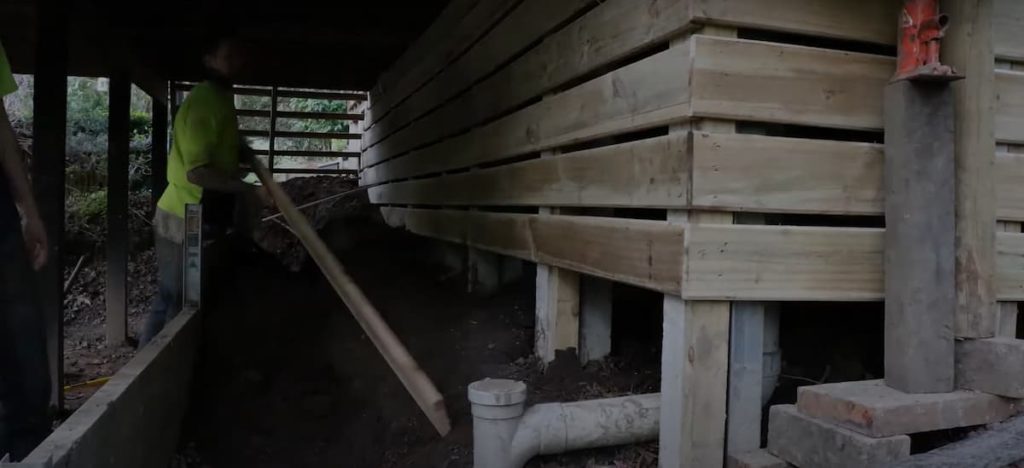
Restumping Cost
When a house needs restumping, Australians spend between $12,000 and $20,000 on average. The size of the house and the extent of the damage usually determine how much homeowners spend on restumping. As your foundation is repaired, you might also need to replace doors and windows as well as remove any rotten floorboards so that new ones can be installed. The soil movement and soli conditions both have an impact on how much everything costs.
Calculating Restumping Costs
The cost of re–stumping a home may depend upon the condition of your foundation and what kind of work needs to be done. If you have brick piers or perimeter beams holding up your home, replacing these may cost more than just putting in timber stumps for support. There are many different methods used to repair loose foundations such as mudjacking which is one way to lift sinking concrete slabs back up again by injecting them with concrete.
The cost also varies depending upon the size and shape of your home, whether you have a flat or sloped area surrounding it, and if you need additional features included after the restumping has been completed. Typically house stumps cost $500 per stump.
The Work Involved in House Restumping
It’s often confusing for homeowners to know exactly how much work is involved in the restumping job because there are several different methods that can be used to repair their foundation. The most common type of restoration is simply installing concrete stumps, timber stumps or columns around the perimeter of the house that may hold up your flooring instead of having no support system in place at all.
Factors that Affect the Cost of Restumping a House
Factors affecting costs include where you live in Australia, how many stories you have in your home, and what types of materials are used during this process. For example, homes in coastal areas may require more stumping than homes located inland because of the effects of erosion. Also, if the existing stumps have given away and the floor has fallen due to rotting house stumps, this can also raise the restumping or reblocking costs significantly.
For a basic restumping job where there is no foundation damage or additional work required, homeowners can expect to pay around $12,000. However, this price does not include the cost of buying materials. Restumping a house for a two-story home without any special features could fall within the range of $16,000 and $20,000.
How Long does It Take for a Complete House Restumping Project?
It usually takes one to three days for house restumping. However, it can take up to two weeks if there are complications that need to be fixed prior to starting the project. It’s important to note that even though this type of restoration is fast, efficient and affordable, you shouldn’t neglect your home’s foundation because it could lead to other issues down the line like needing a new roof.
Conclusion
Restumping or reblocking is not always required when repairing a sinking foundation but in some cases, this kind of work may be necessary. Although prices vary depending on various factors including where you live in Australia, how many stories your home has and what types of materials are used during this process, the cost range falls between $12,000 and $30,000.
House restumping usually takes one to three days but a complete job may take up to two weeks if there are complications that need to be fixed prior to starting the project. However, it’s important to note that neglecting your home’s foundation could lead to other issues down the line like needing a new roof so house stumps could always be repaired as soon as possible.


